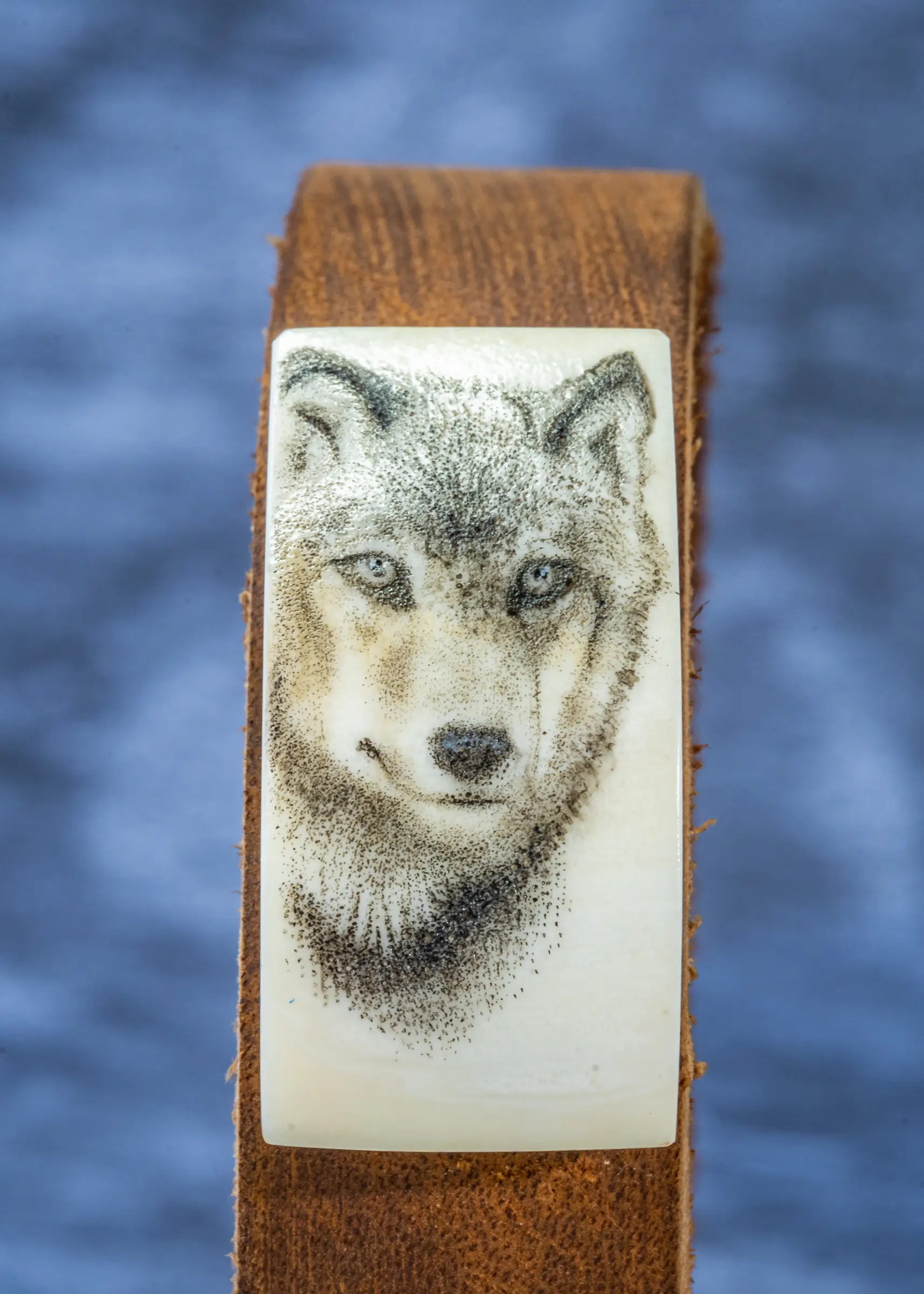info@mammoth-fossils.com


in stock
$115.00
in stock
Mammoth refers to the mammoth that became extinct more than 10,000 years ago. Mammoth teeth were excavated in the permafrost in Siberia or the Arctic, so the excavation cost is high. At the same time, mammoth teeth cannot be regenerated, so the preciousness is self-evident. Mammoth teeth are priceless treasures and legal teeth allowed by CITES.
How to judge the quality of natural mammoth ivory
3.The differences between elephant ivory and mammoth ivory:
Teeth pattern angle: Both types of ivory have herringbone patterns. The difference is that the tooth pattern of modern ivory is at an included angle greater than 115 degrees, while that of mammoth ivory is less than 115 degrees. This is also the only testing basis in current national standards.
Smell: Mammoth ivory has a special fishy smell.
Watermark: This kind of watermark is only found in mammoth ice materials. It is caused by being buried in the ice for many years.

Reviews
There are no reviews yet.